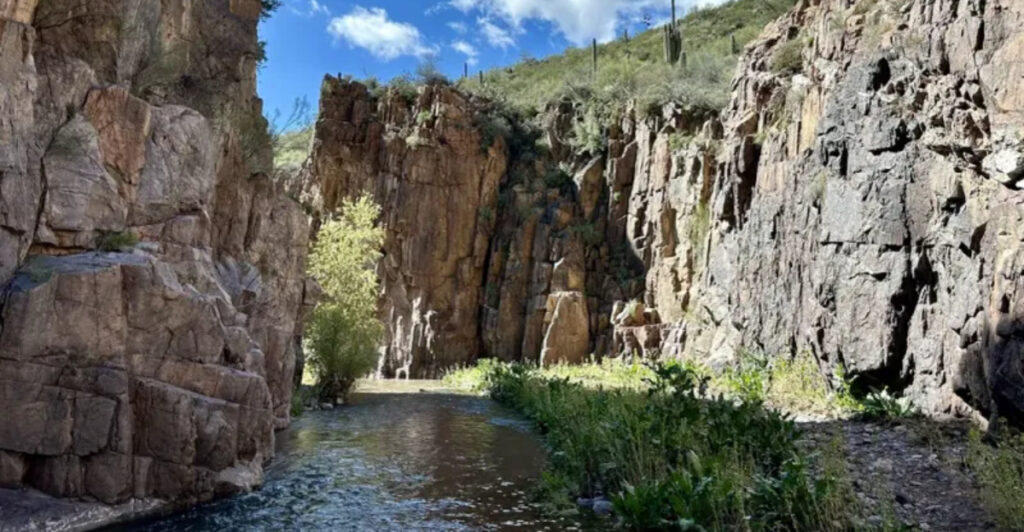Hidden in southeastern Arizona between towering mountains lies one of the state’s most protected treasures – Aravaipa Canyon Wilderness. This 19,410-acre desert oasis flows with year-round water, creating a green ribbon of life through rugged canyon walls. Ancient peoples once called this place home, and today it stands as a perfect example of successful conservation.
1. Secure Your Permits Well in Advance
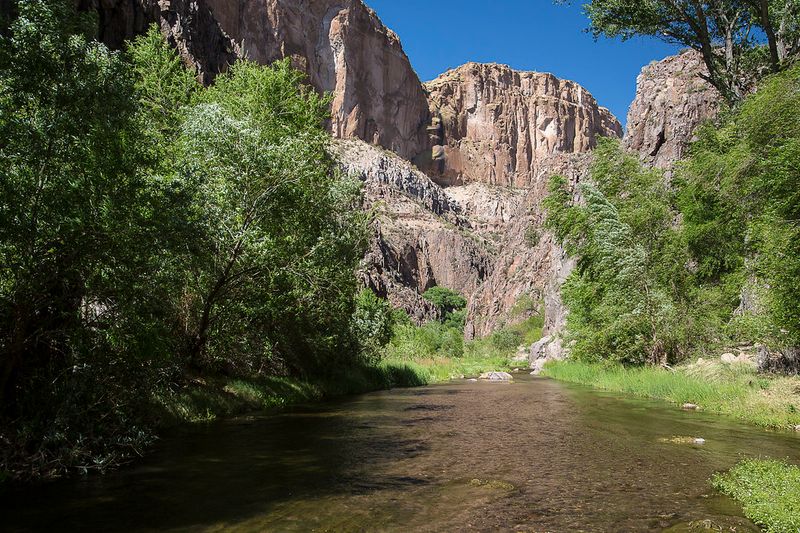
Getting into Aravaipa Canyon requires serious planning because only 50 people can enter each day. The Bureau of Land Management limits access to protect this fragile ecosystem from damage.
You must reserve permits through Recreation.gov, often months ahead of your planned visit. Popular seasons like spring and fall fill up fastest when temperatures are perfect for hiking.
Without a valid permit, rangers will turn you away at the trailhead. Smart visitors book their permits as soon as the reservation system opens for their desired dates.
2. Pick Your Trailhead Wisely
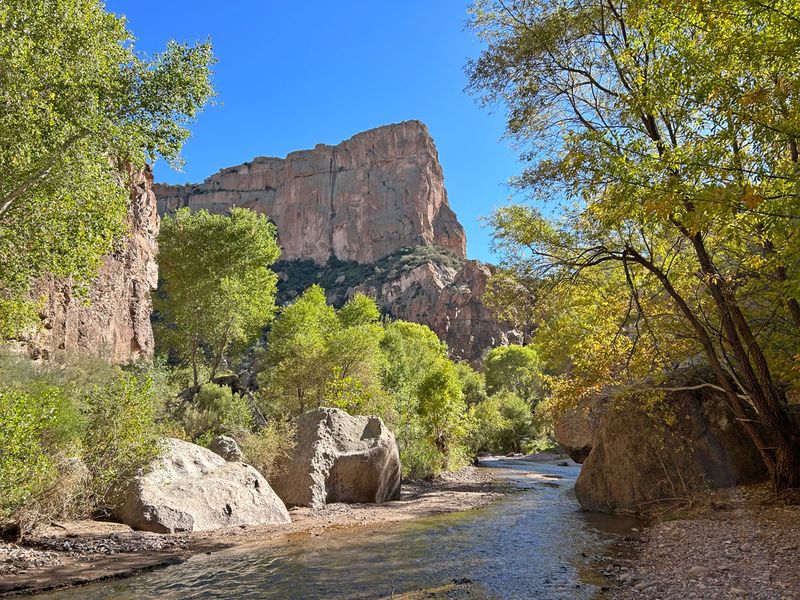
Two different trailheads offer completely different adventures into the canyon. The West Trailhead near Mammoth provides easier access with only three miles of paved road before nine miles of dirt.
Meanwhile, the East Trailhead demands serious commitment with 46 miles of rough dirt road and creek crossings. High-clearance vehicles are absolutely necessary for the eastern approach, and flash floods can make it impassable.
Most first-time visitors choose the western entrance for its convenience and better road conditions during their initial canyon exploration.
3. Master the Art of Creek Crossings
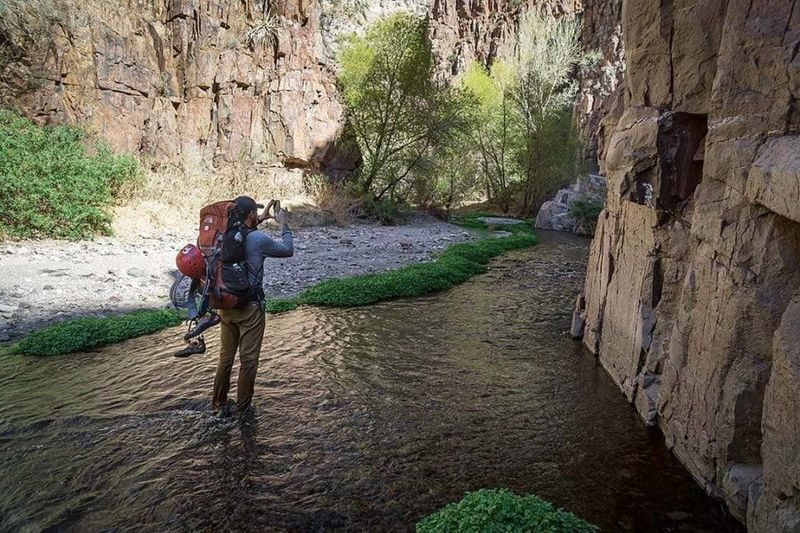
Aravaipa Creek flows year-round through the canyon, creating dozens of crossings during your hike. Water levels change with seasons and recent rainfall, sometimes reaching knee-deep in certain spots.
Waterproof hiking boots or sturdy water shoes become your best friends on this adventure. The creek bottom contains slippery rocks and uneven surfaces that can challenge even experienced hikers.
Pack extra socks and consider trekking poles for stability while navigating these crossings. Many hikers enjoy the refreshing water breaks during hot desert days.
4. Plan Your Route Like a Desert Explorer
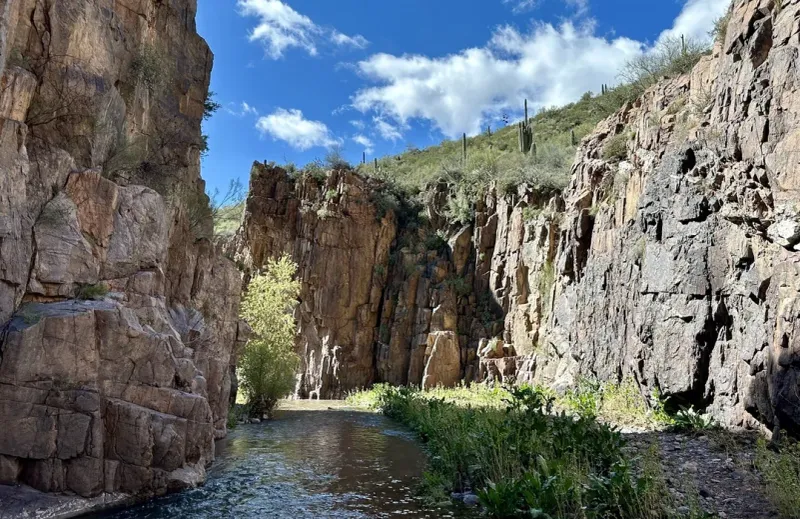
The main canyon stretches 12.25 miles from west to east with a steady 430-foot elevation gain over challenging terrain. Strong hikers complete this journey in eight to ten hours of continuous walking.
Side canyons offer incredible detours for photography and wildlife viewing, but they add significant time to your adventure. Spring months from March to May provide ideal temperatures, while fall offers comfortable hiking weather.
Summer heat can be dangerous, and winter brings unpredictable weather patterns. Plan your route based on your fitness level and available daylight hours for safety.
5. Embrace Primitive Camping Adventures
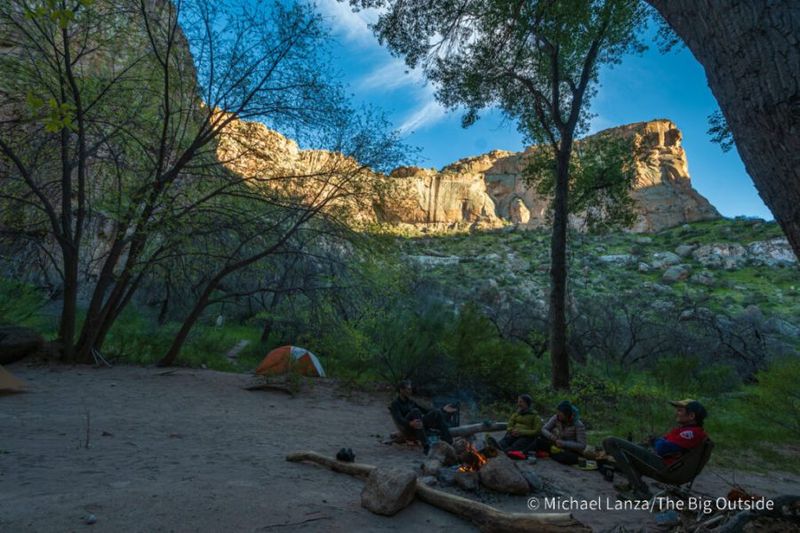
Forget about designated campsites with picnic tables and fire rings – Aravaipa Canyon offers true wilderness camping. You must pack out absolutely everything you bring in, including toilet paper and food scraps.
Campfires are allowed unless posted otherwise, but backpacking stoves work better for cooking meals. Choose durable surfaces for your tent to minimize impact on fragile desert plants and soil.
The night sky here rivals any planetarium with incredibly dark skies perfect for stargazing. Pack warm sleeping gear since desert temperatures drop significantly after sunset.
6. Respect the Canyon’s Wildlife Kingdom
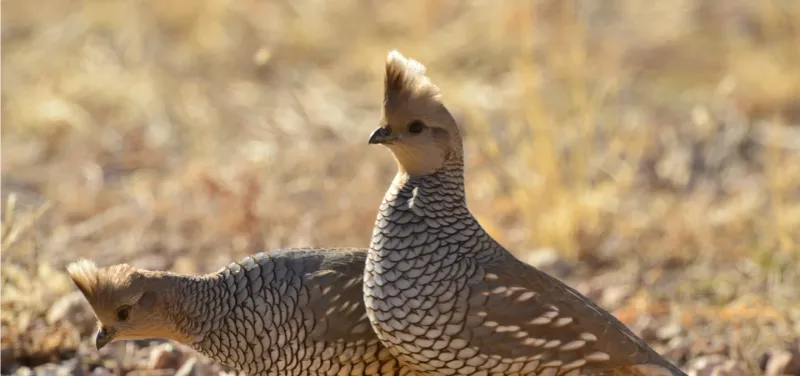
Over 200 bird species call Aravaipa Canyon home, from tiny hummingbirds to massive hawks soaring between canyon walls. Desert bighorn sheep navigate steep cliffs with amazing agility, while coatis search for food along the creek.
Seven native fish species swim in these waters, including the rare Sonora Sucker and Roundtail Chub. These fish survived here for thousands of years and need protection from human disturbance.
Keep your distance from all wildlife and never feed animals. Binoculars help you observe creatures without disturbing their natural behaviors or habitat.
7. Follow Leave No Trace Like a Pro
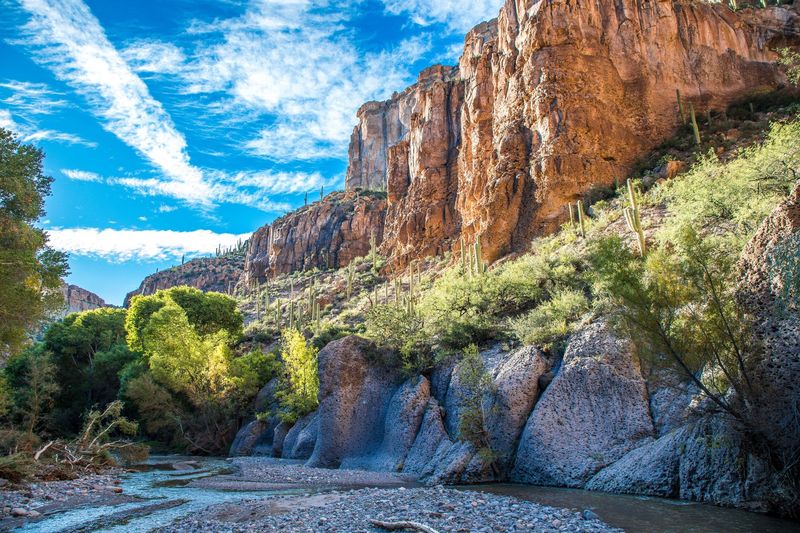
Every piece of trash you create must leave with you, including orange peels and apple cores that don’t belong in this desert ecosystem. Use established campsites when available to concentrate human impact in specific areas.
Stay on durable surfaces like rock or established trails to protect fragile desert vegetation. Minimize campfire impacts by using existing fire rings or your portable stove for all cooking needs.
Proper waste disposal protects water quality for wildlife and future visitors. Pack extra trash bags to carry out anything you find left by less responsible hikers.
8. Monitor Weather Conditions Constantly
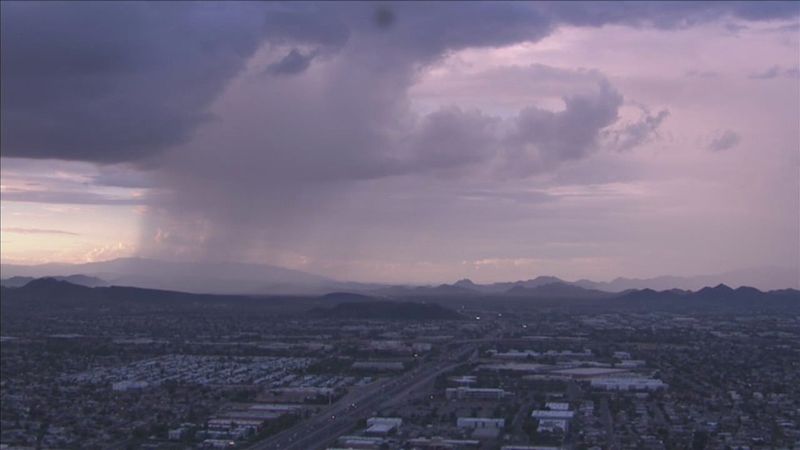
Flash floods pose the greatest danger in Aravaipa Canyon, especially during Arizona’s monsoon season from June through September. Heavy rains miles away can create deadly wall of water rushing through the narrow canyon.
Check weather forecasts for the entire watershed before entering, not just local conditions. Rangers close the canyon when flash flood risks become too high for visitor safety.
If you hear thunder or see dark clouds building, head immediately to higher ground. Many experienced desert hikers avoid the canyon completely during monsoon season due to unpredictable weather patterns.
9. Support Conservation Through Action
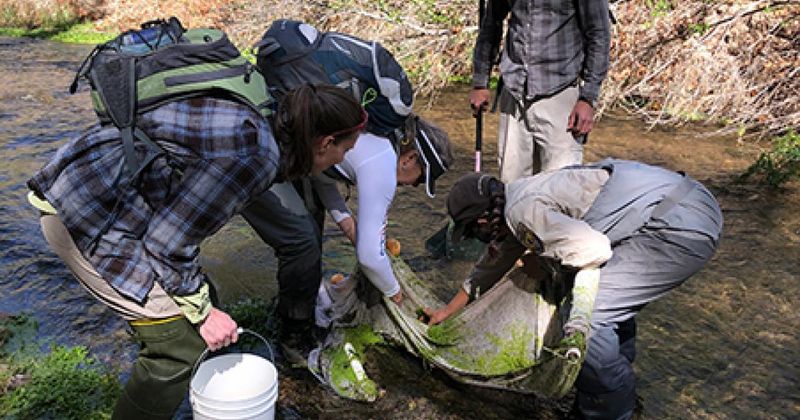
Aravaipa Canyon’s protection story began with concerned citizens fighting for wilderness designation in 1984. Today, ongoing conservation efforts battle invasive plant species and habitat restoration challenges throughout the area.
Report invasive species sightings to BLM rangers who track these threats to native ecosystems. Support local conservation organizations working to protect Arizona’s remaining wild places through donations or volunteer work.
Your permit fees directly fund wilderness management and protection programs. Educate others about this special place while encouraging responsible visitation that preserves its natural character for future generations.

